The Wai Kru Ceremony | THAILAND 🇹🇭
โพสท์โดย• The rituals of wai khru at Faculty of Fine-Applied Arts and Cultural Science, Mahasarakham University.
• ๒๓ ธันวาคม ๒๕๖๔
©️credit FB: Nantawat Rattanawong
——————•♦•——————
✦ In Thailand, as in many other Asian countries, the arts of dancing and acting are regarded as a kind of spiritual activity. Pupils studying and performing khon and lahkon dance-dramas are expected to show deep gratitude to their teachers or gurus, who through successive generations give them an opportunity to learn the art of dance with its semi-divine origin. This devotional reverence that pupils show to their gurus is manifested in Thailand still today in the wai kru ceremony.
✦ The wai khru ceremony (Thai: พิธีไหว้ครู) is a Thai ritual in which students pay respects to teachers in order to express their gratitude and formalize the student-teacher relationship.
✦ Wai khru has long been an important rite in the traditional martial and performing arts, as well as in astrology, Thai Massage, and other traditional arts; students and performers of Muay Thai and Krabi Krabong, as well as Thai dance and classical music, will usually perform a wai khru ritual at their initiation as well as before performances to pay respect and homage to both their teachers and the deities who patronize their arts.
✦ The rituals of wai khru are believed to have derived from ancient animistic beliefs, influenced by the spread of Brahmanism from India. This is evident in the wai khru ceremonies of traditional dance and music, where a specific mention is made to Ishvara in Thai Massage, where a specific mention is made to Shivaga Komarpaj, and Narayana, along with other Vedic deities. Wai khru has for most of history existed as a folk tradition, passed on from generation to generation throughout the years.
✦ The annual wai kru or ”Paying Homage to the Teacher” ceremony of the dancers and traditional musicians always falls on a Thursday, which is regarded as Teacher’s Day in Thailand. In this very complex ceremony, which bears clear ancient Brahmanic features, the students and the junior teachers recall with gratitude the benefits they have received from their gurus. The ceremony often functions as an initiation ritual for young dancers who have shown that they can master certain series of movements and are thus considered competent to appear on the stage in minor roles.
✦ An altar for the Buddha and another multi-step altar is first constructed. Khon and lakhon paraphernalia and masks, among them the mask of the Rishi Barotmuni, are then placed on the latter altar. In fact, the Rishi Barotmuni mask represents Bharatamuni, the mythical author of the Indian dance manual Natyashastra, who is still regarded in modern Thailand as the founder of the art of dance. Offerings are made and master guru or gurus perform the dance offering in front of the altar, after which the younger dancers perform their dances. During the ceremony, holy water is sprinkled by the senior teacher on each pupil, whose brow they anoint with blessed strands of cotton.



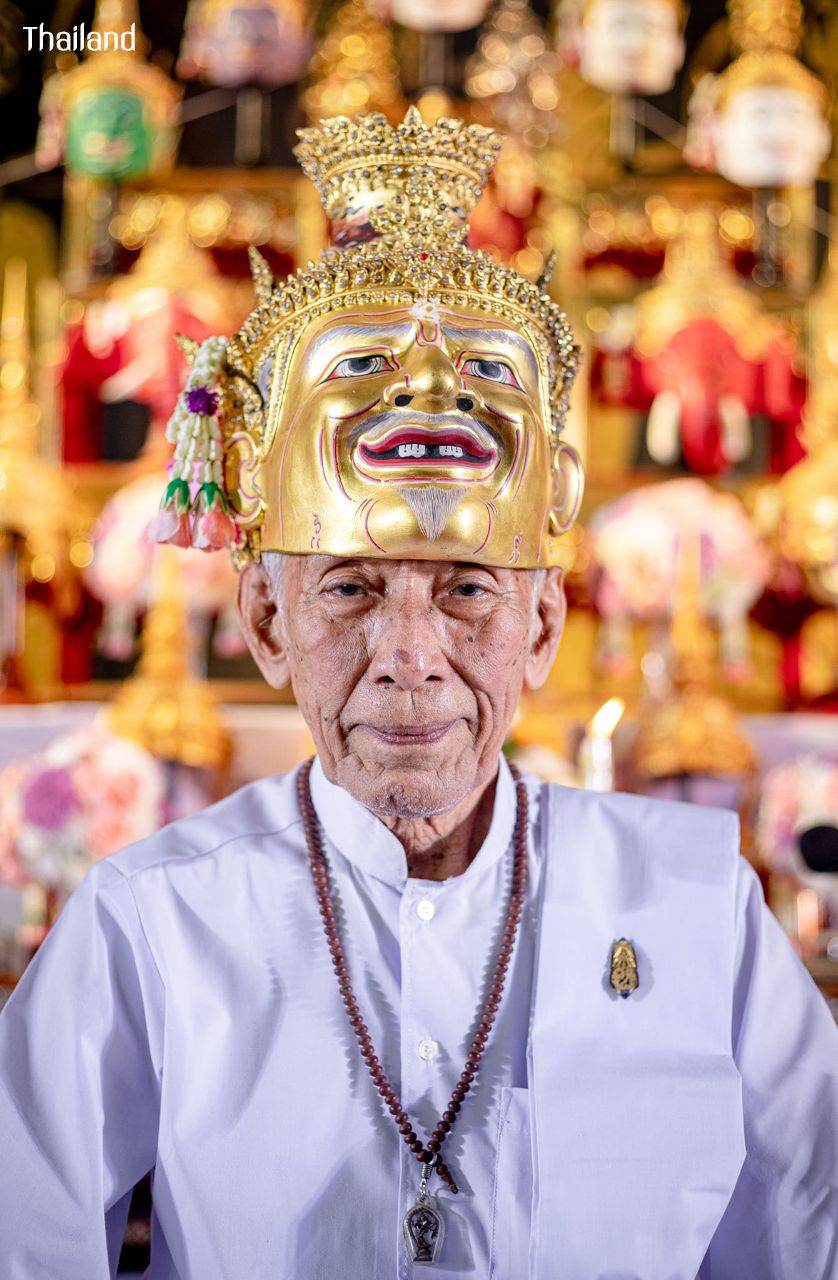
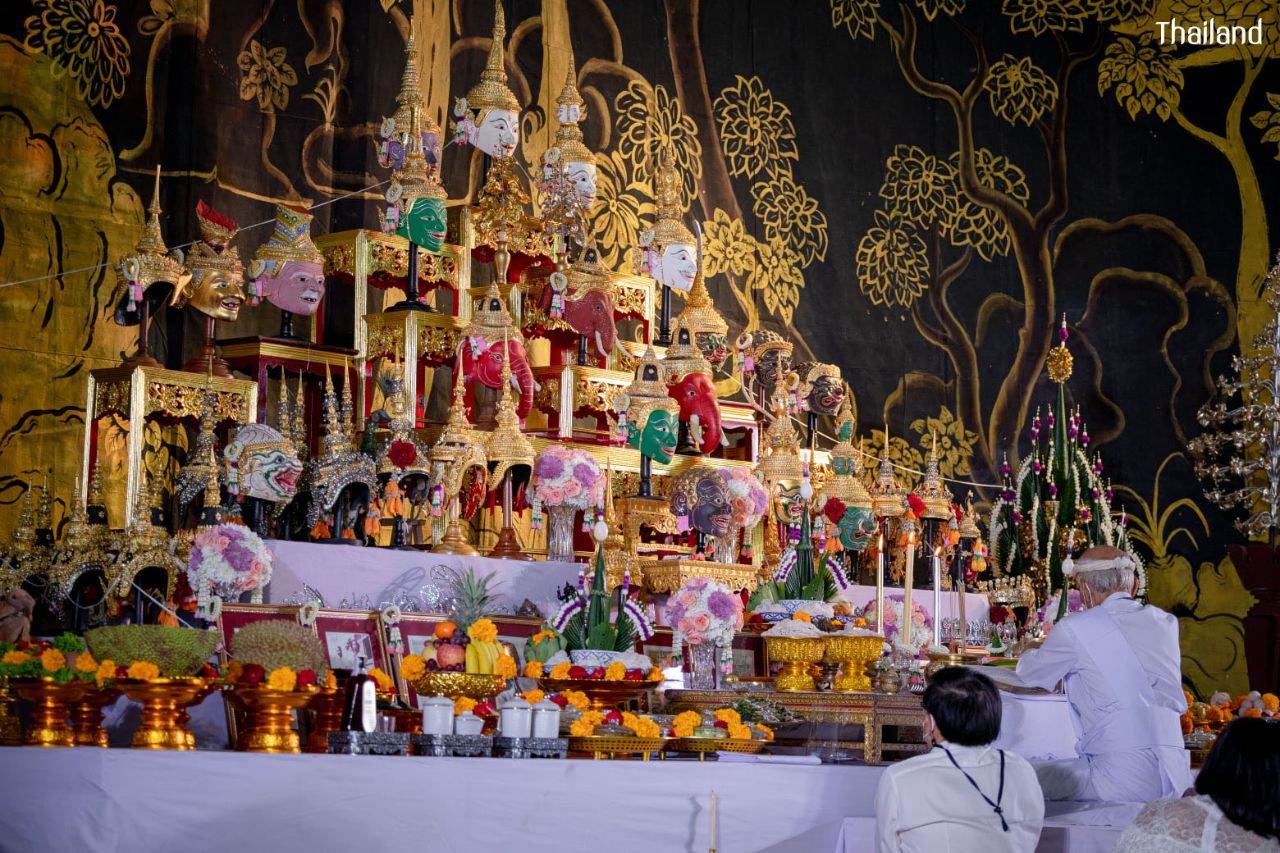
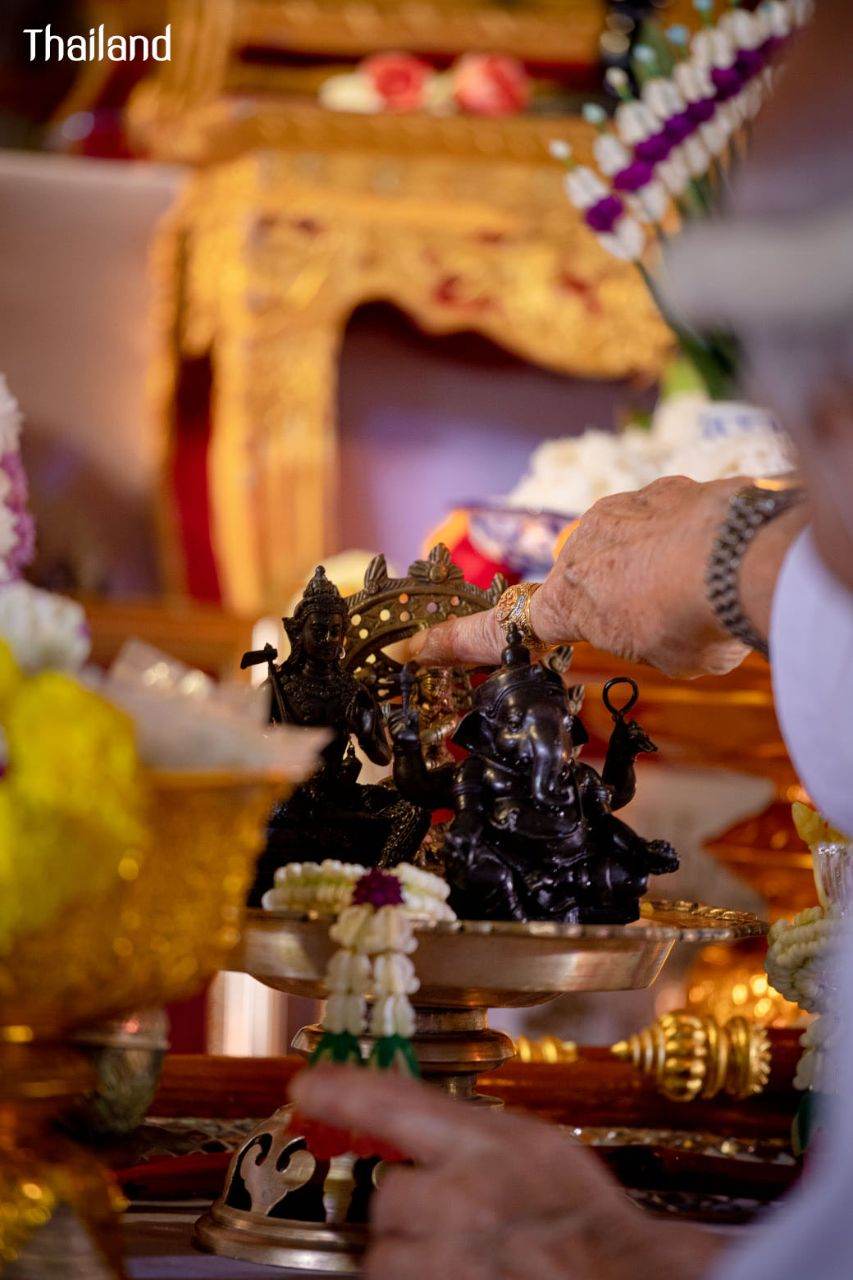
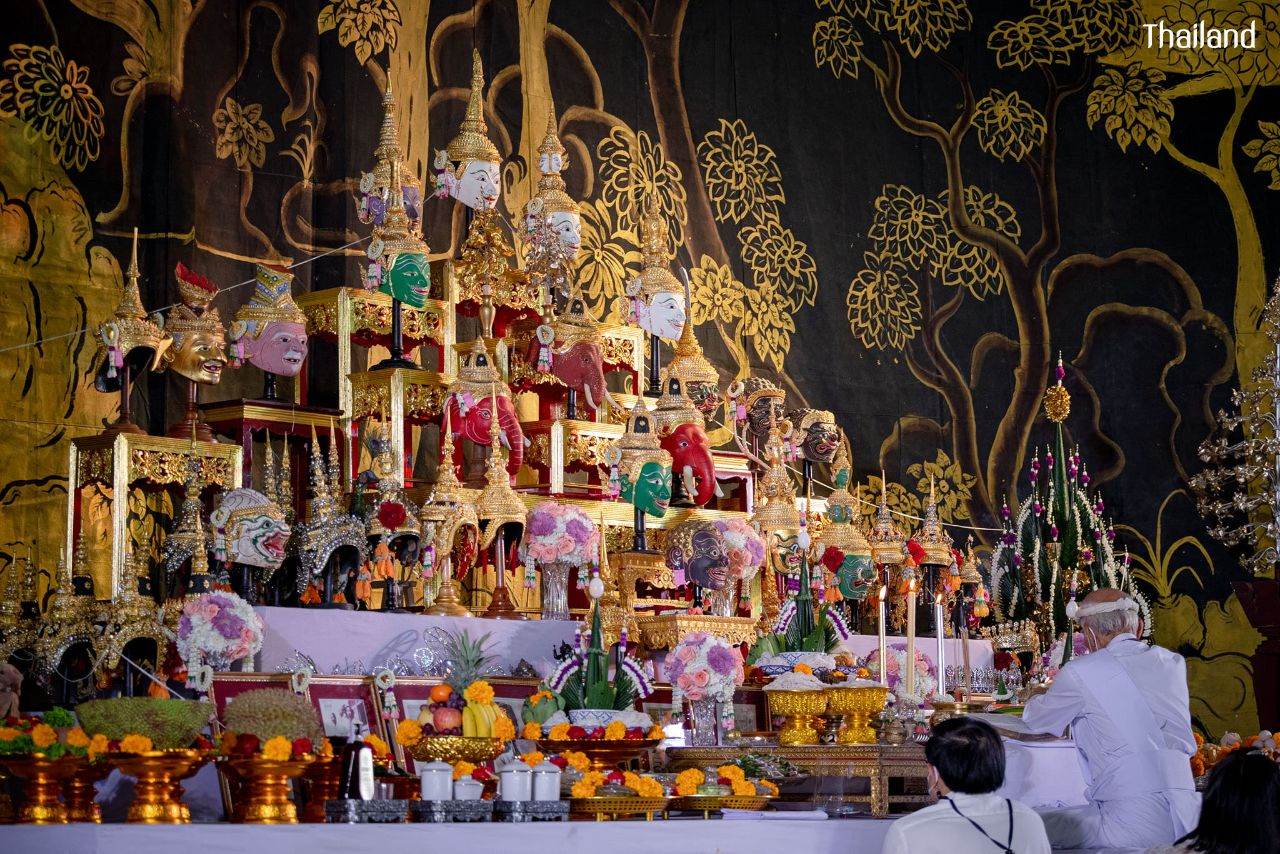
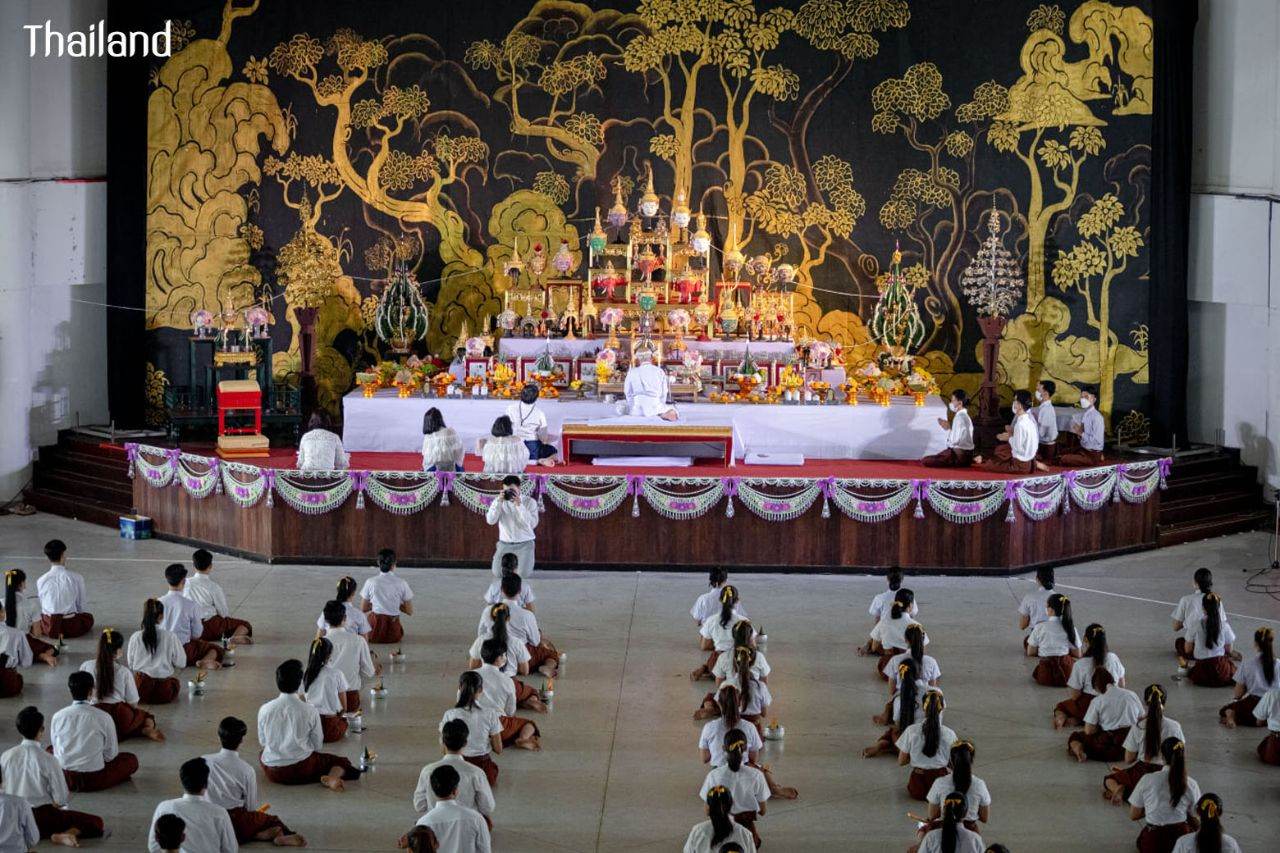
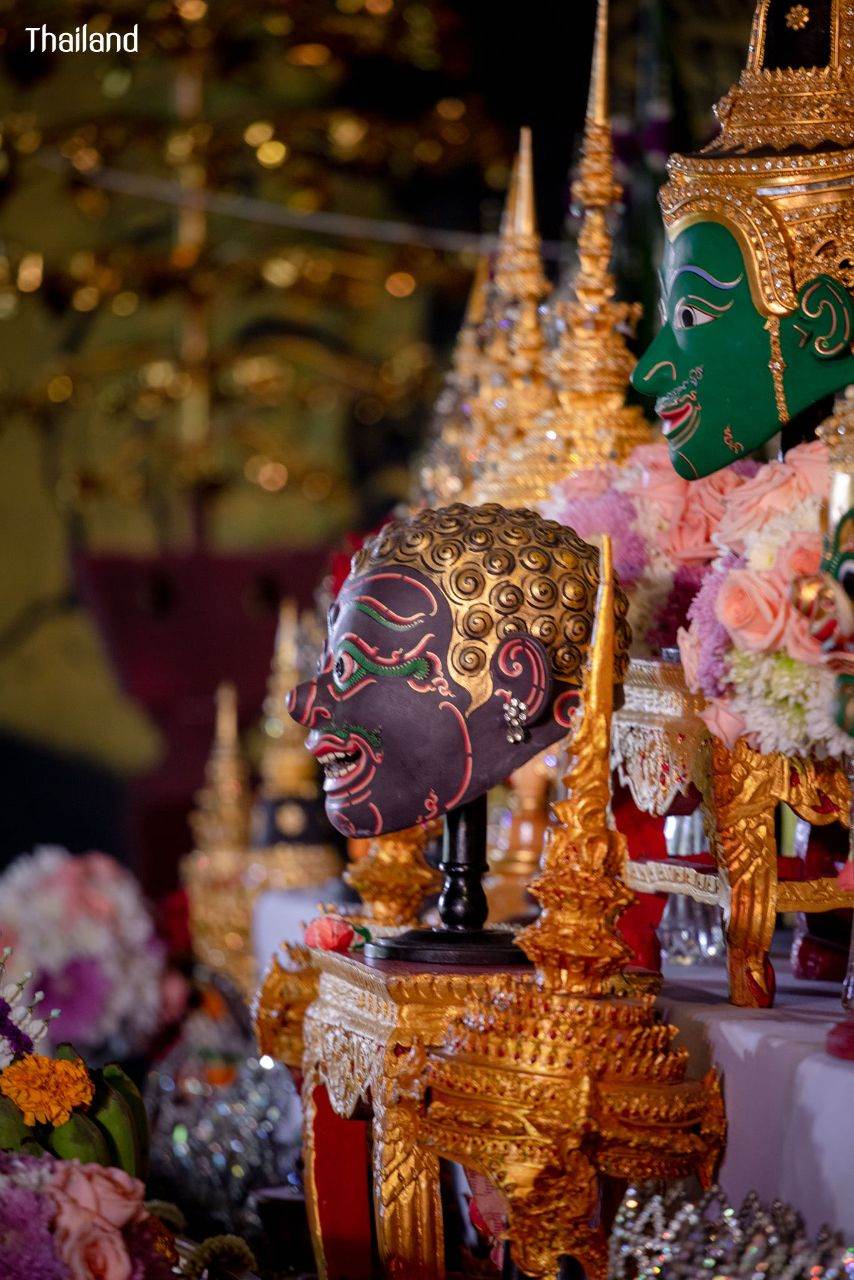
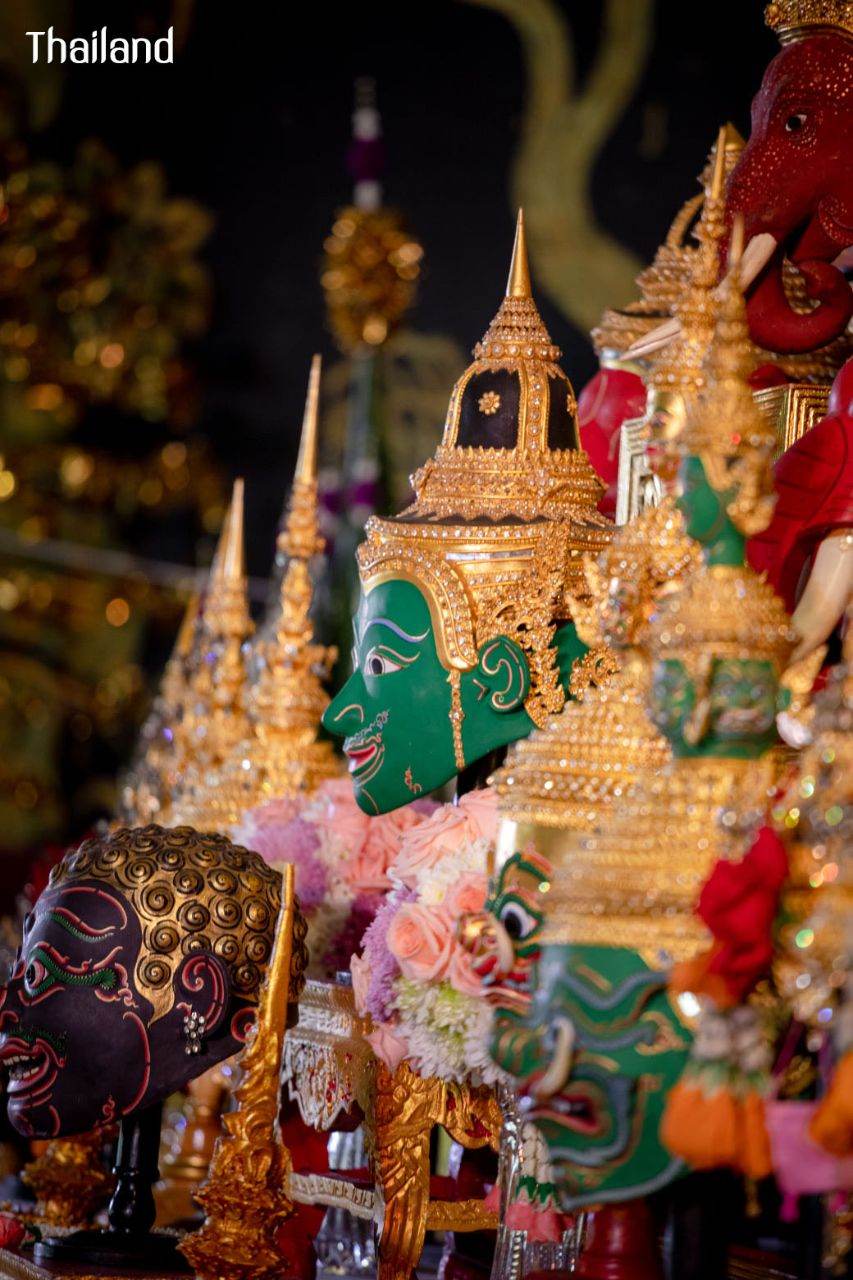
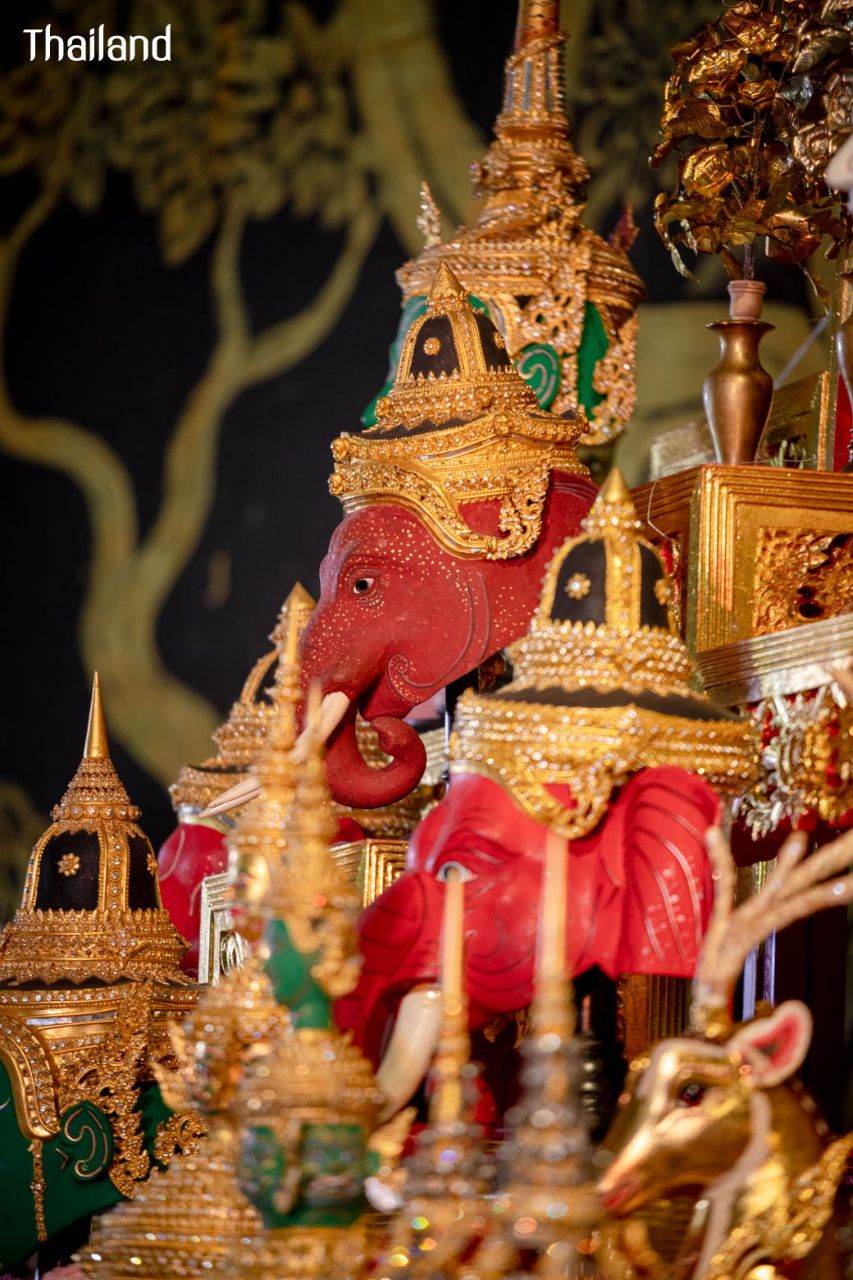
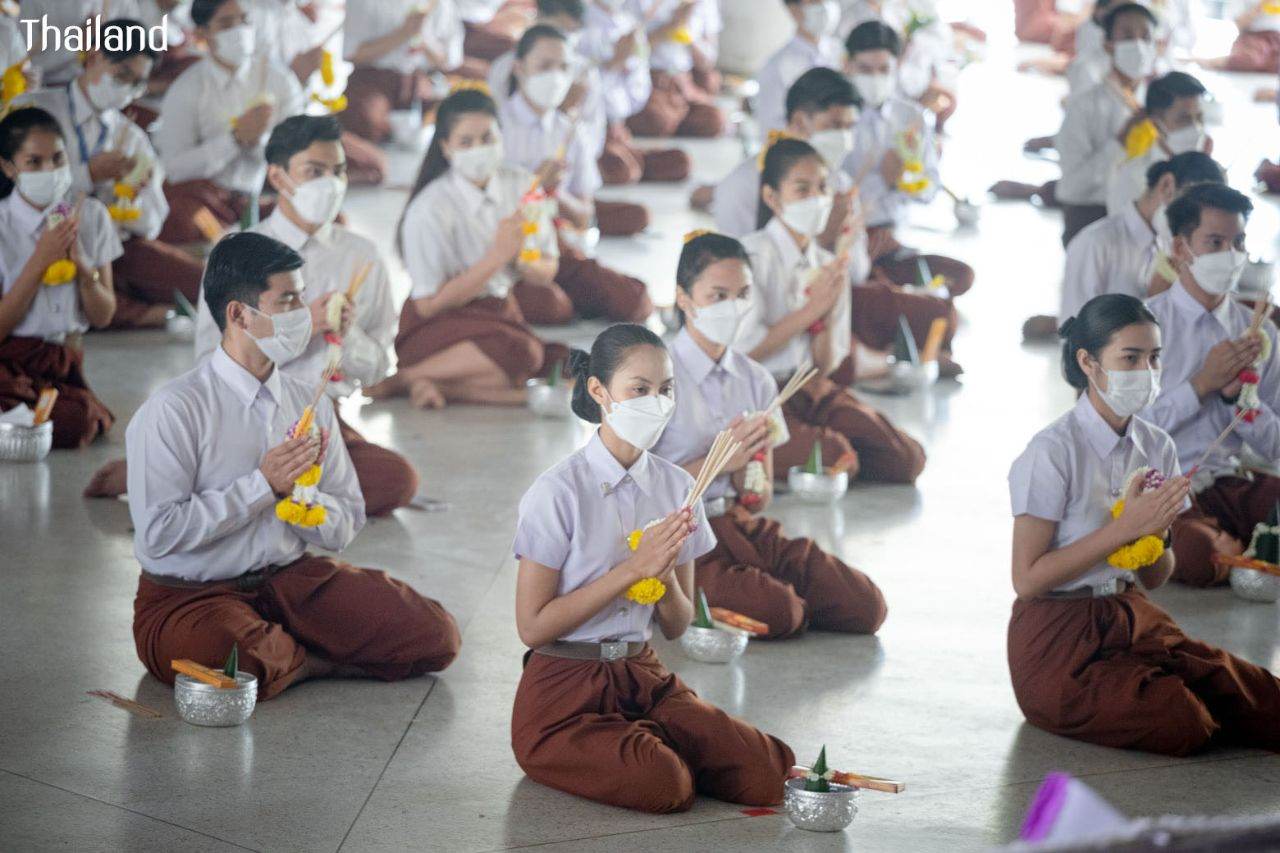
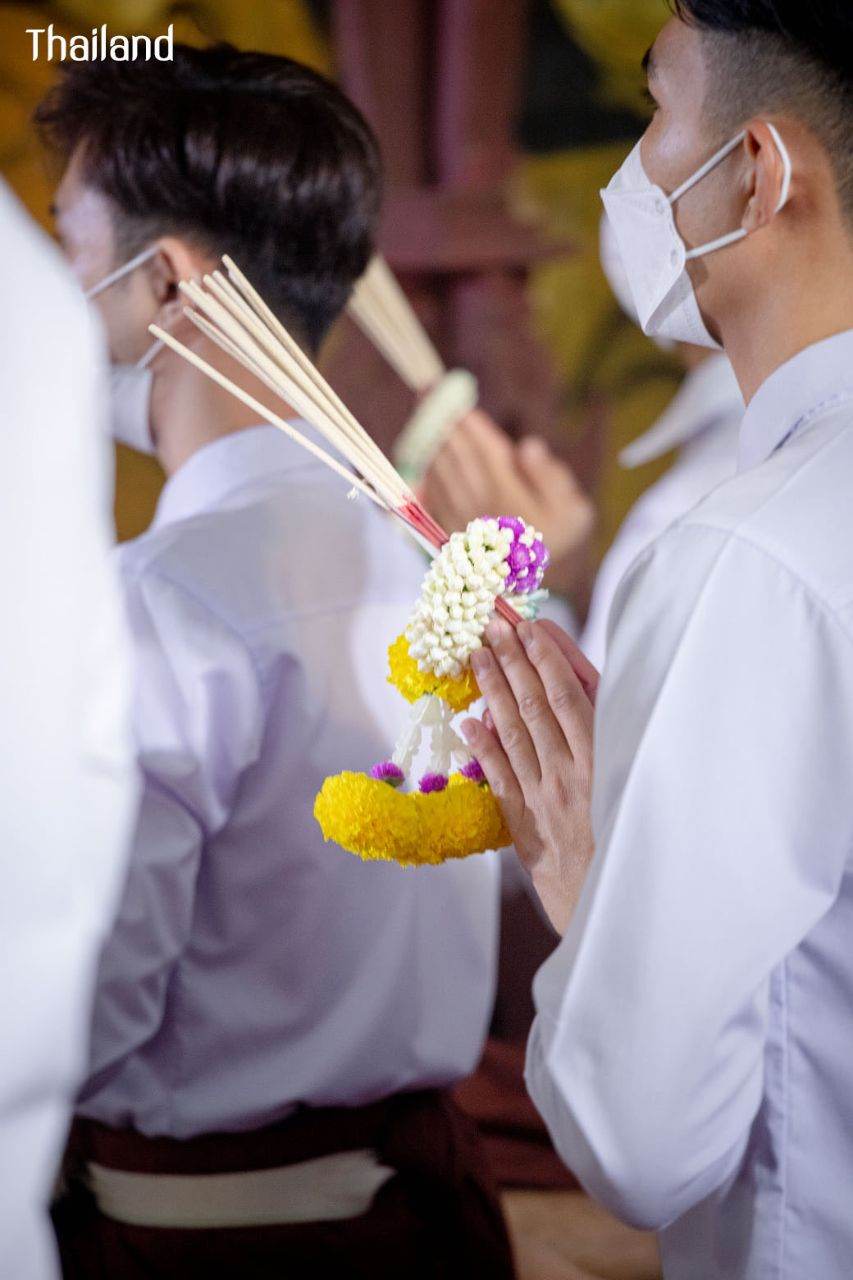
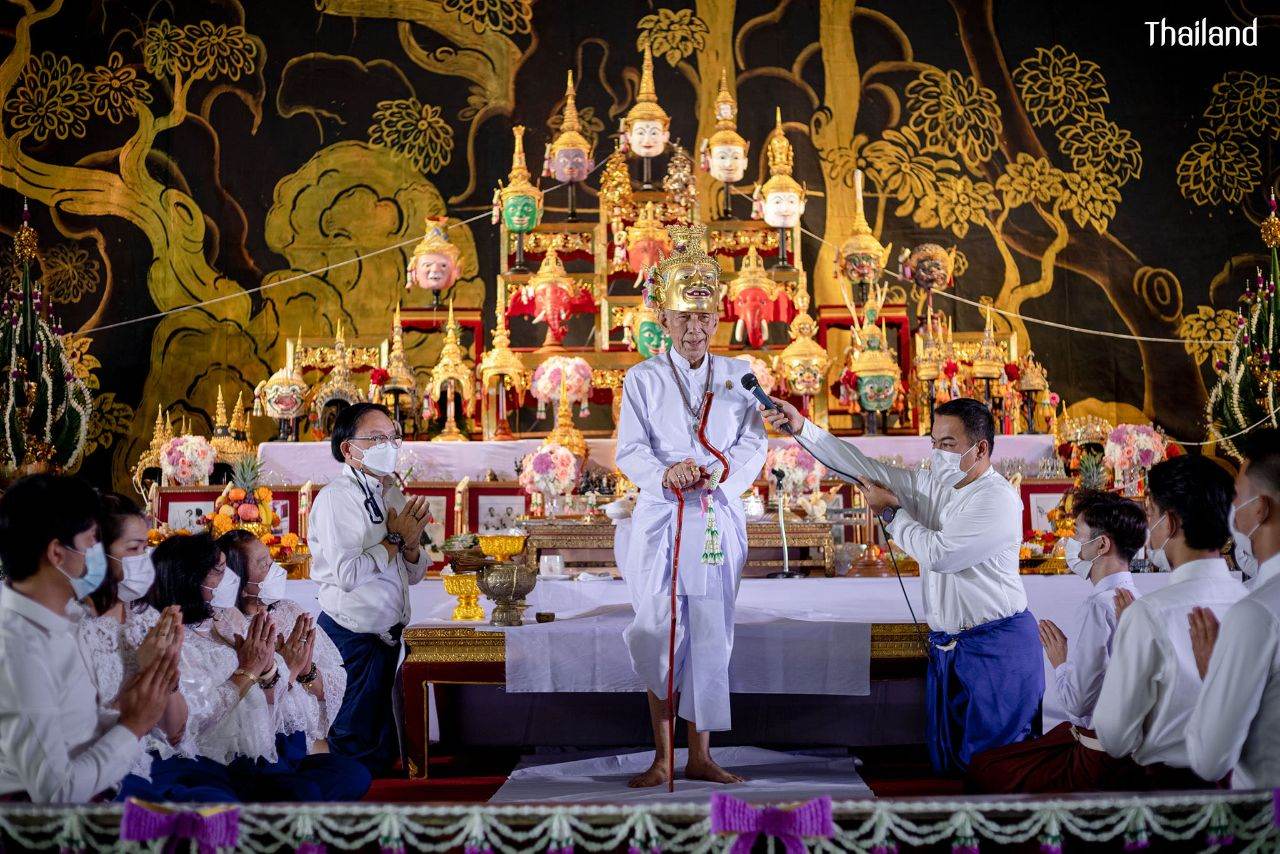
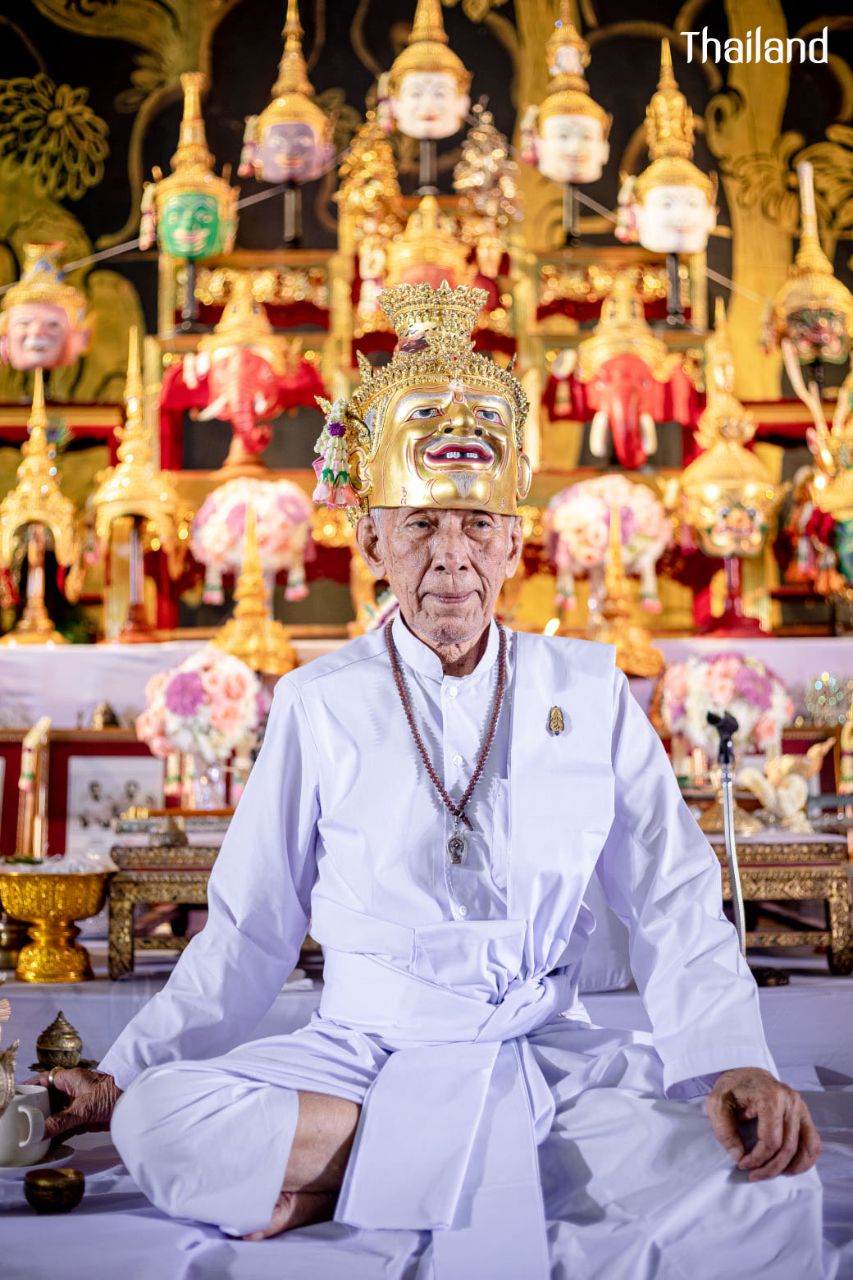
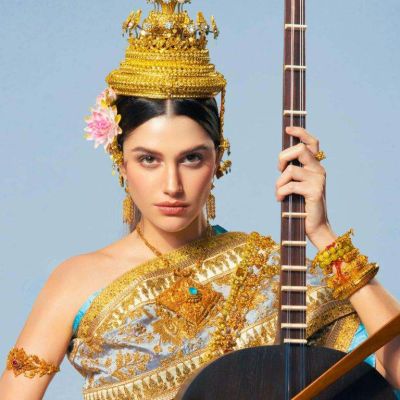 🇹🇭 THAILAND | Nang Songkran 2023: Kimita Devi 💦
🇹🇭 THAILAND | Nang Songkran 2023: Kimita Devi 💦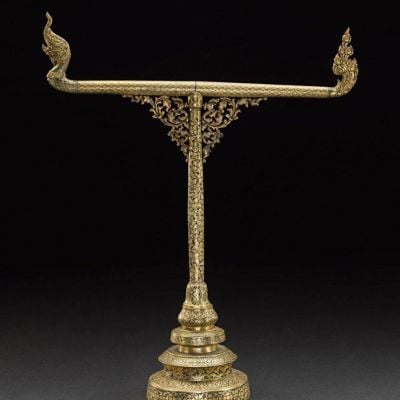 THAILAND 🇹🇭 | Thai Royal Gifts to the United States of America at Smithsonian Institution.
THAILAND 🇹🇭 | Thai Royal Gifts to the United States of America at Smithsonian Institution. Thai handiwork - coconut leaves folding.
Thai handiwork - coconut leaves folding.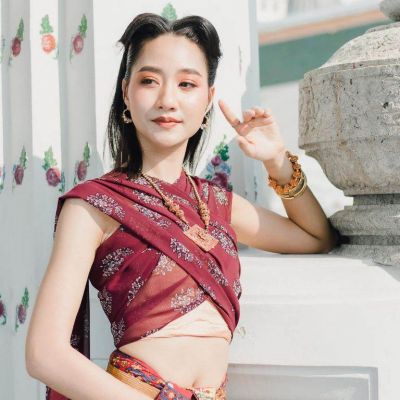 Thai costume of Ayutthaya kingdom | THAILAND 🇹🇭
Thai costume of Ayutthaya kingdom | THAILAND 🇹🇭